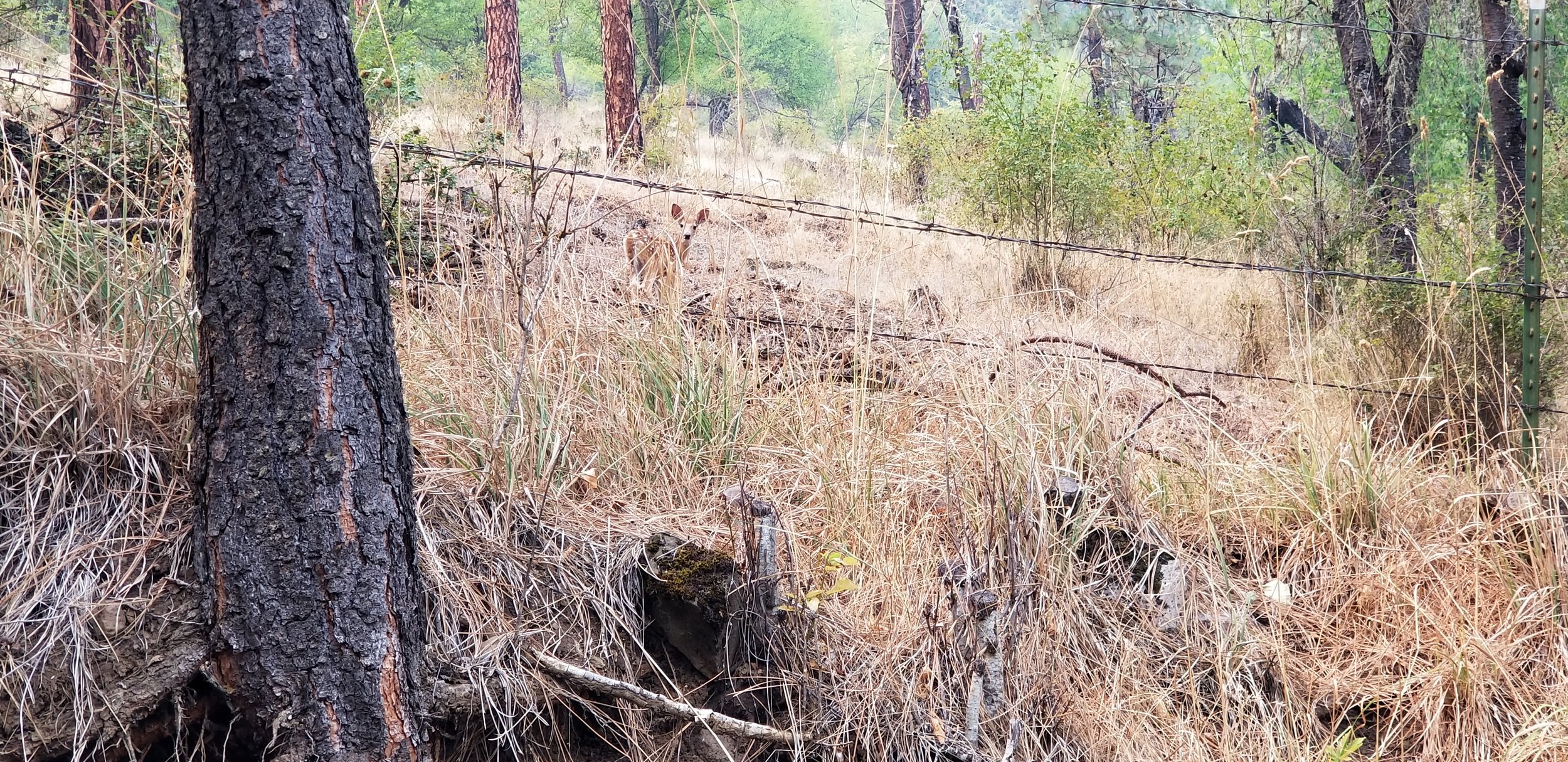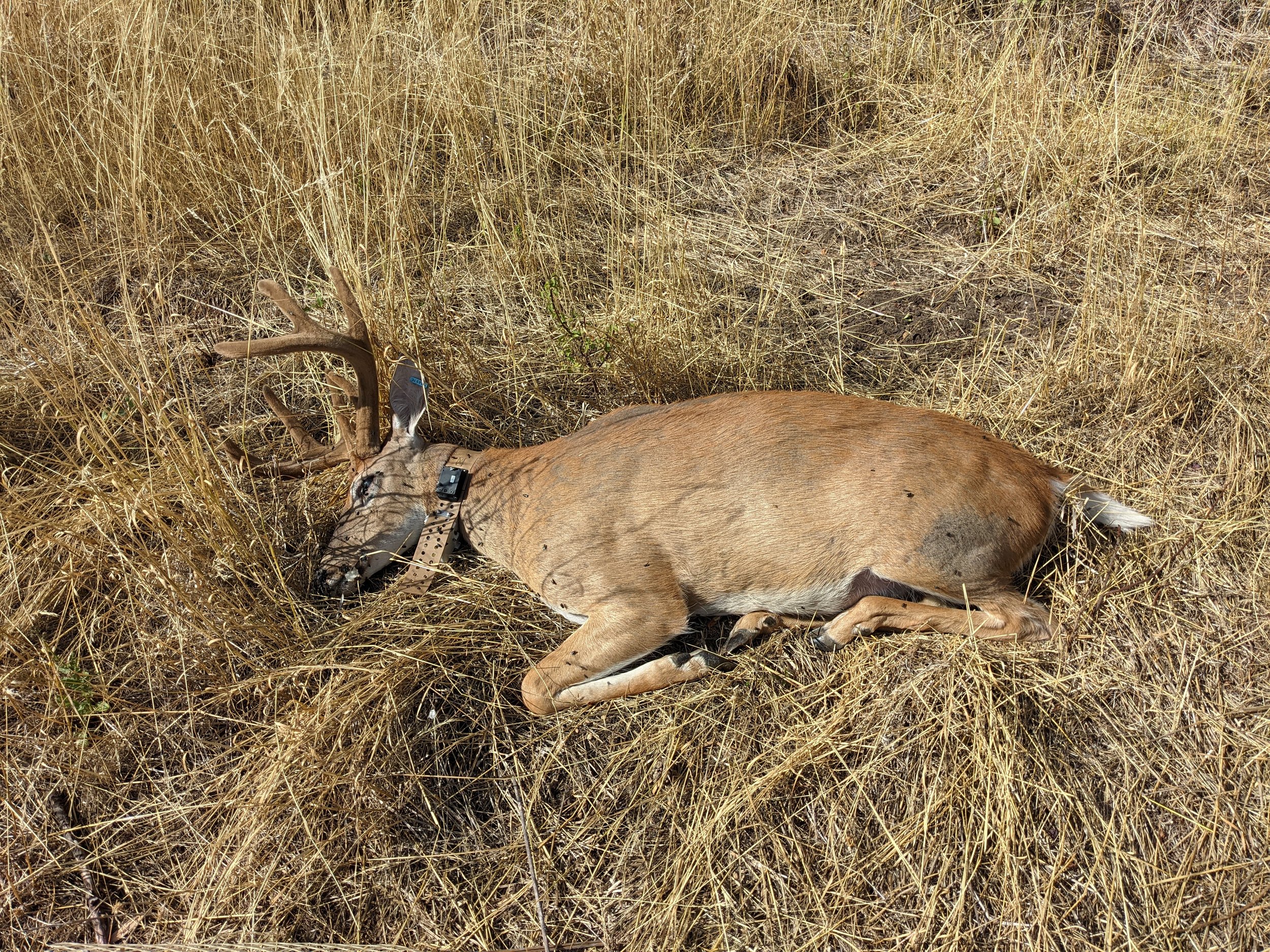
Epizootic Hemorrhagic Disease
EHD affects white-tailed deer, pronghorn, and bighorn sheep. Periodic outbreaks of EHD in the vicinity of Kamiah, ID (most recently in 2021) have resulted in the death of many hundreds of white-tailed deer. There are multiple variants of EHD, but all are spread from animal to animal by biting midges in the genus Culicoides. Symptoms of EHD can include sluggishness, difficulty breathing, swelling of the head, neck, and/or tongue, ulcers of the tongue or gums, blood in the vicinity of the mouth and nose, emaciation, hoof sloughing, and deformed hooves. Mortality can occur within just days of infection.
Culicoides midges generally reproduce in slow-moving or standing water but can also make use of damp soil or manure heaps. EHD outbreaks commonly occur in late summer when animals congregate at (often stagnant) ponds and other water sources, increasing exposure to midges and each other. Landowners in areas with regular EHD outbreaks are encouraged to limit new pond construction and discourage deer from congregating at existing artificial water sources. Natural, free-flowing water sources are typically capable of sustaining healthy deer populations through most drought periods.
EHD does not pose a risk to human health, but hunters should not consume meat from animals that die of EHD.
More information can be found at WDFW’s website and IDFG’s website.

